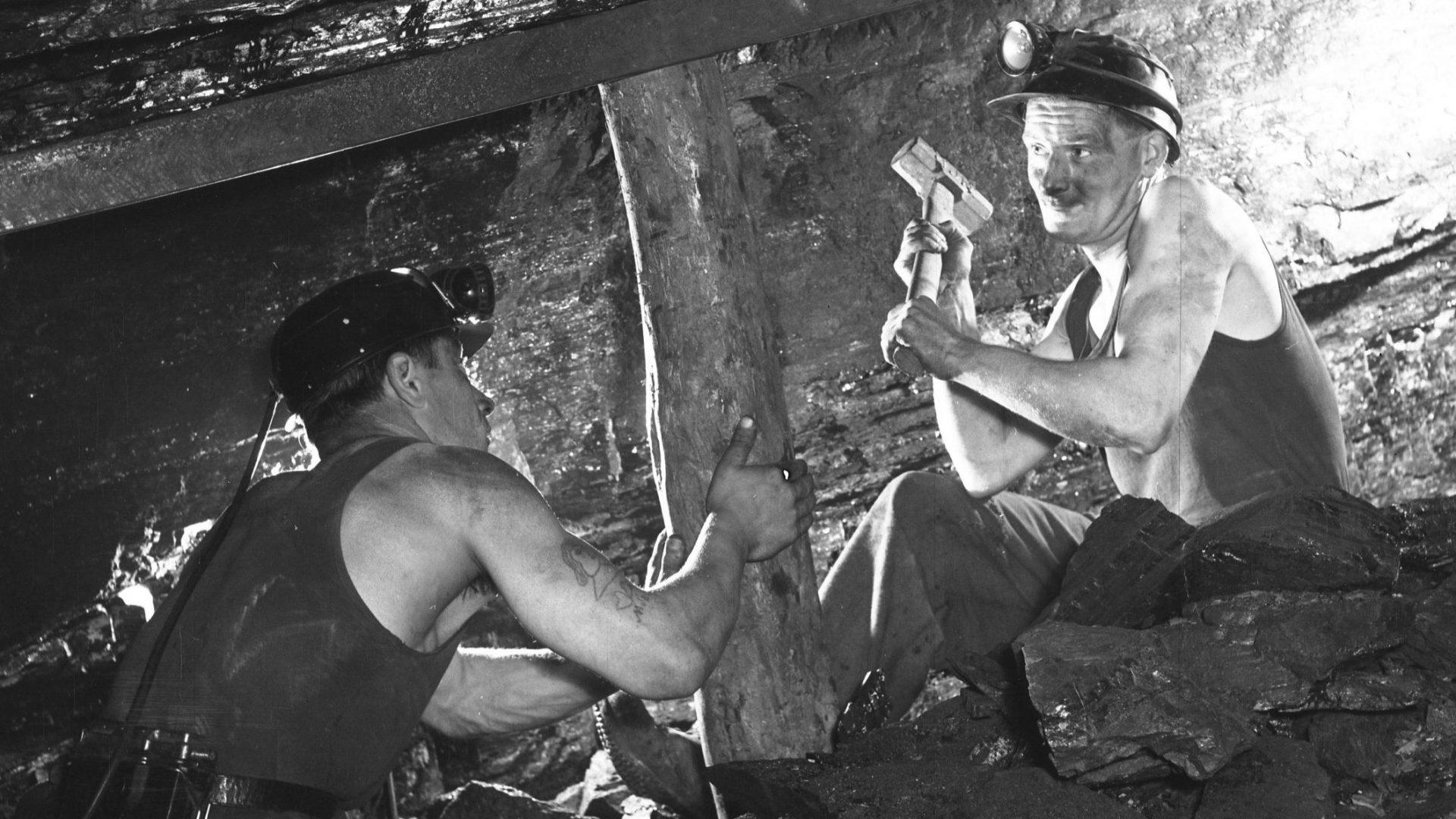Voices in the Coalshed: Marie Curie, Miners & my Uncle Bill

February 11th marks International Day of Women and Girls in Science!
Here at NCMME, our February half term science show will look at some of the significant contributions of Marie Curie to science and in turn the mining industry.
Born Marya Skodovska, Marie lived at a time when great advances were taking place in science across the world. Inspired by the work of Becquerel she studied science at The Sorbonne in Paris in the 1890’s. There she met and married another scientist, Pierre Curie and changed her name to Marie.
She coined the word radioactivity; discovered two elements, Radium and Polonium and won Nobel Prizes in physics (with her husband Pierre) and chemistry. But it is her work on radioactivity and x-rays which links her to mining.
Although x-rays had been used in medicine since their discovery by Roentgen in 1895, allowing doctors to see inside their patients’ bodies without surgery, it was Marie Curie who saw that x-ray technology could help wounded soldiers in World War I. She saw the possibility of a “radiological car”, a mobile x-ray unit, and also the development of over two hundred “radiological rooms” in military field hospitals.
Jump forward to the late 1950’s and mobile x-ray units, not dissimilar to Curie’s “radiological car”, were being regularly used in England for many purposes. The one that relates to NCMME is the mass screening of miners for pneumoconiosis, a lung disease caused by the inhalation of dust particles.
And my uncle Bill?
When Bill, a miner, had his first chest x-ray for pneumoconiosis he was called back to see the doctors. Had they found dust in his lungs? No. They had discovered that Bill’s internal organs were the wrong way around! He was not unwell, just a curiosity. He got a shock when he found out he was a twin, his brother having passed away at birth.
Even then we were learning a lot from x-rays.
Written by Volunteer Nicola
Image Copyright: NCMME